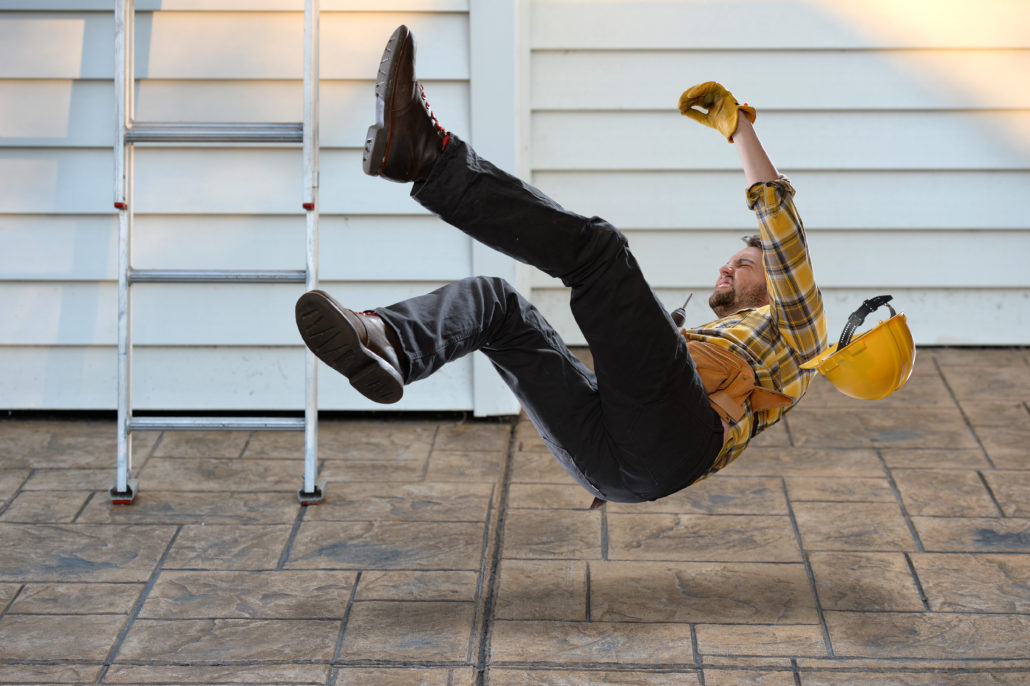
Nelson
Mandela University has found that the indirect costs of falling-from-height (FFH) accidents
are 14.2 times the direct costs, reports the Federated Employers Mutual Assurance Company (FEM).
This is backed by UK-based Health and Safety Executive research, which determined
the indirect costs of FFH accidents to be 11 times the direct costs.
In the UK, the accidents costs are the equivalent of 8.5% of the project tender price and about
5% of the yearly organisational running costs, while in South Africa accident costs are
estimated to be about 5% of the value of completed construction.
In South Africa, the Institute for Working
at Heights (IWH) and Master Builders Association offer training on the necessary
precautions against FFH accidents.
Falls from buildings are the most hazardous
when working at height due to wind velocity, structure height, risky activities
and workers’ attitudes.
In addition, primary contributing factors to mortalities caused by FFH
include age, attempted suicide, height of fall, type of ground on which the
patient fell, place of fall, and head, thoracic, and abdominal trauma.
To equip companies to mitigate FFH accidents, the IWH is committed to
regulated and controlled training of all persons exposed
to the risks of working at height, strictly in accordance with the requirements
of the National Qualifications Framework. These services include being awarded
professional designations and becoming registered practitioners of the
institute, bound by a code of conduct that is administered by the
institute.
According to the institute, any practitioner that is found guilty of a
serious breach of this code can have their professional designation revoked by
the professional body.
Often overlooked are associated costs of such accidents for both
individual and company, including medical expenses not covered by the
Compensation for Occupational and Diseases Act, income shortage, no future
career growth owing to disability, no lifestyle improvement for the surviving
spouse and limited education options for children.
For the company there are loss of rebates and possible increased
premiums, additional expenses to make the site safer, cleaning up and repairing the
damage or faults, immediate staff downtime and lost work time, third-party
investigations, and salaries for replacement workers. The most far-reaching
costs for the employer are loss of company reputation, loss of profits, loss of
skills and union interventions.
Proactive methods include additional education and training, safety training courses for workers,
seminars and talks focusing on work at height risks, minimising the amount of
hazardous agents, researching and restudying to improve unsafe designs,
regular safety regulations revisions and regular
inspections.
The South African Construction Regulations stipulate
that every work site must have a Fall
Protection Plan that includes training for working at
height, equipment for working at height
and rescue procedures for working at height.
FEM said: “Training and education, together with the provision
of personal protection equipment and correct
supervision, could aid in preventing accidents.
“A suitably trained individual is less likely to have an accident. The industry needs to take greater responsibility for controlling the risks of FFH.” https://www.engineeringnews.co.za/article/built-environment-still-plagued-by-falling-from-height-accidents-federation-2019-05-03

